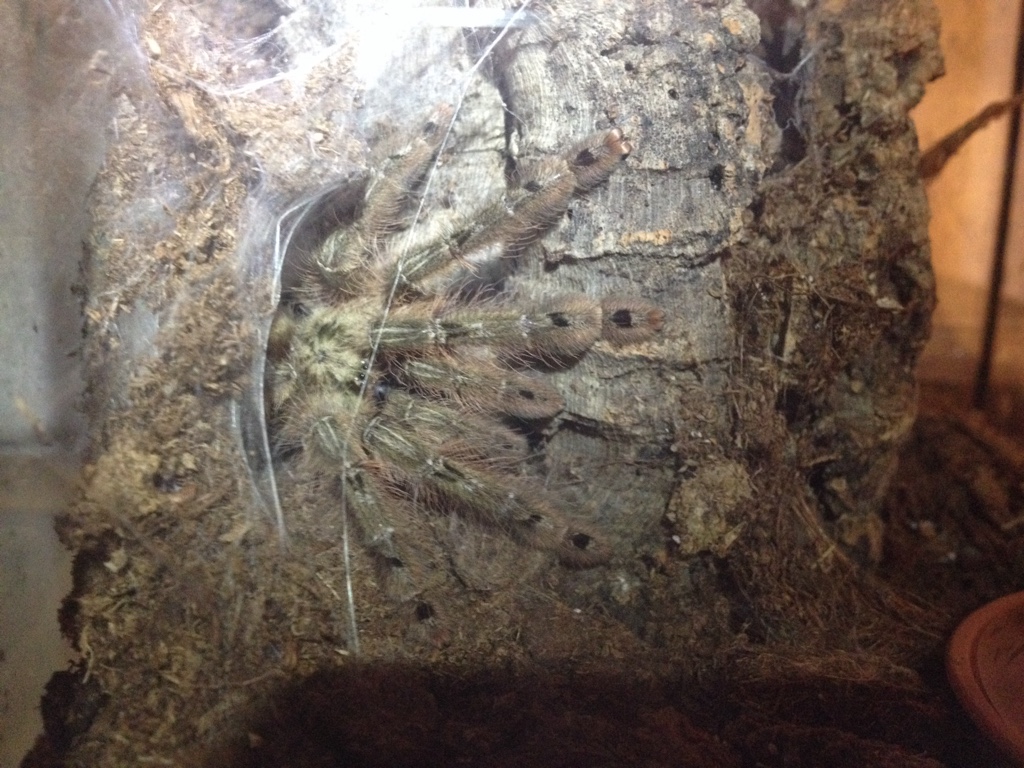Absolutely! I told my adult kids that they are all capable of seriously hurting them either with venom or the fact that they have large fangs that can cause injury. Always better to be safe then sorry. I'm more about viewing then handling so I'm zero worried about that aspect and may have to think about these guys. I have to admit I like the spiders with a bit of attitude. (other then rehousing 0.o)
I treat everyone but my avic like they were able to kill me,
her I have no choice about, shes a nosy PITA and crawls up my arm the moment I open her enclosure,
she is the ONLY one I'm relaxed that way with however, its totally normal to see her following me around while I'm 'window washing' climbing all over her enclosure and my arms making sure I do a good job.
she was so thin and skittish when i got her (lps buy) that I rather like how bold and nosy she is now.
I treat everyone but my avic like they were able to kill me,
her I have no choice about, shes a nosy PITA and crawls up my arm the moment I open her enclosure,
she is the ONLY one I'm relaxed that way with however, its totally normal to see her following me around while I'm 'window washing' climbing all over her enclosure and my arms making sure I do a good job.
she was so thin and skittish when i got her (lps buy) that I rather like how bold and nosy she is now.



